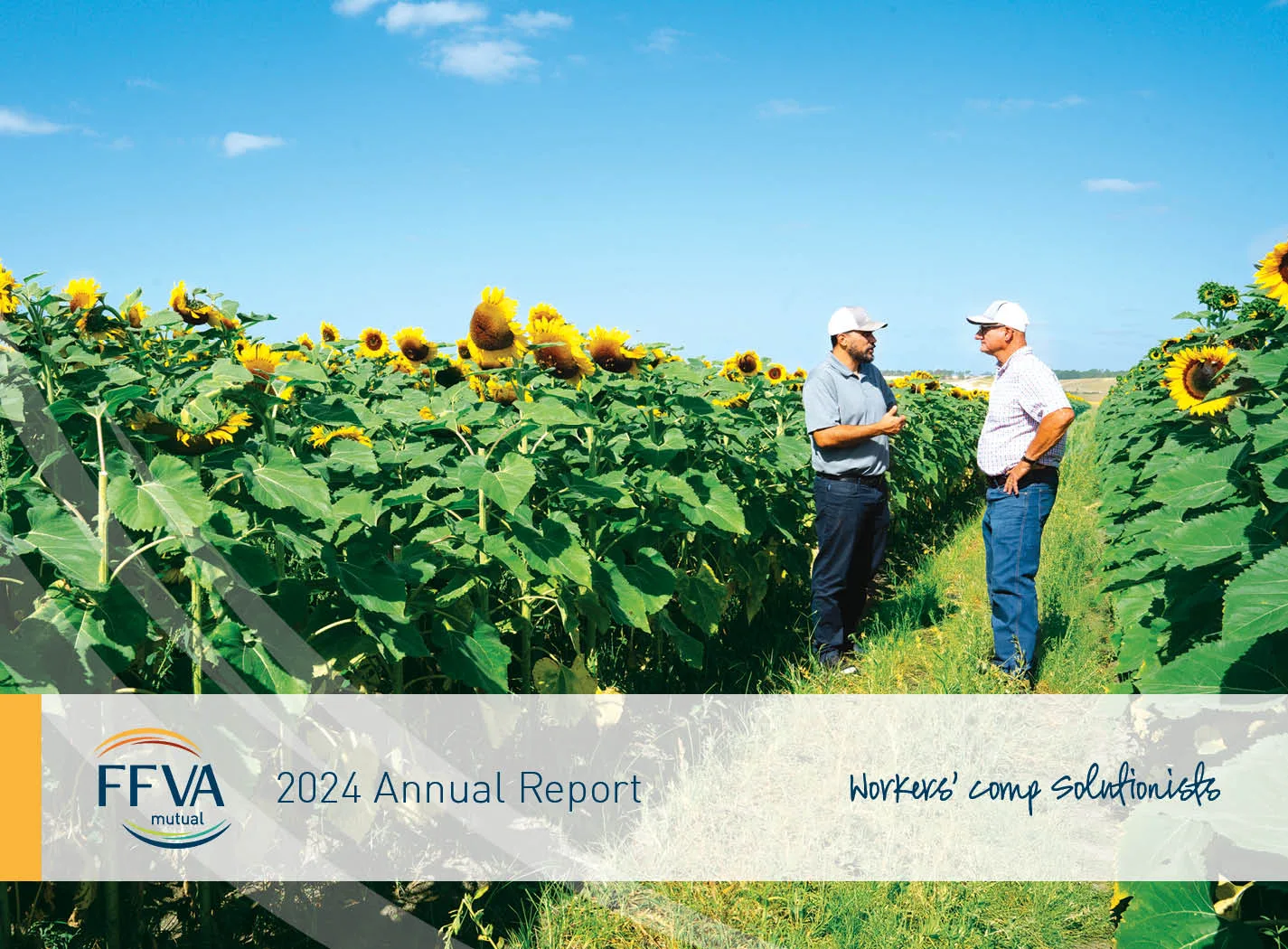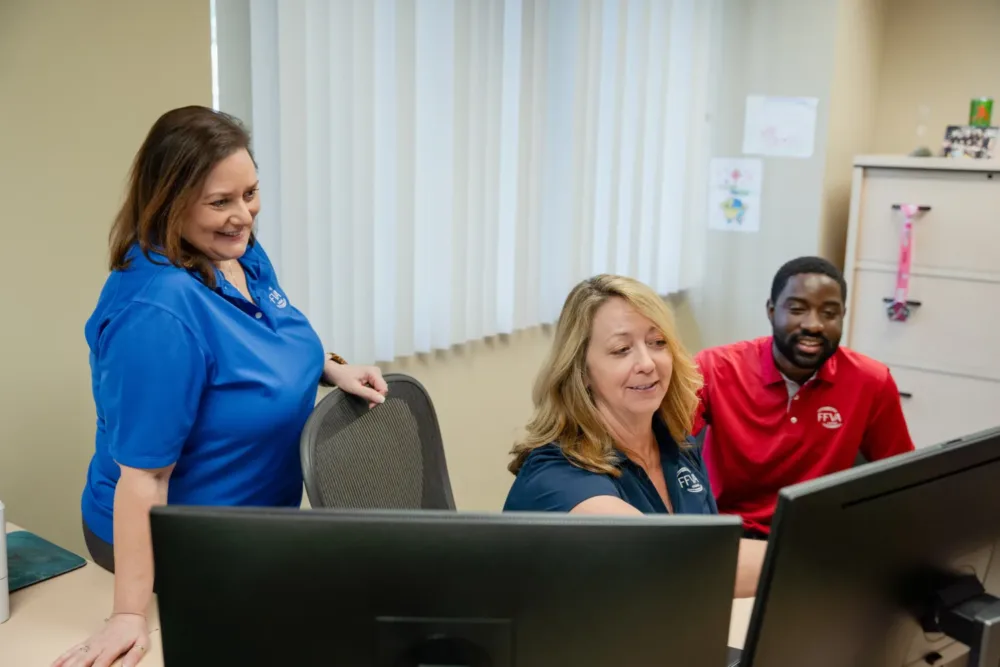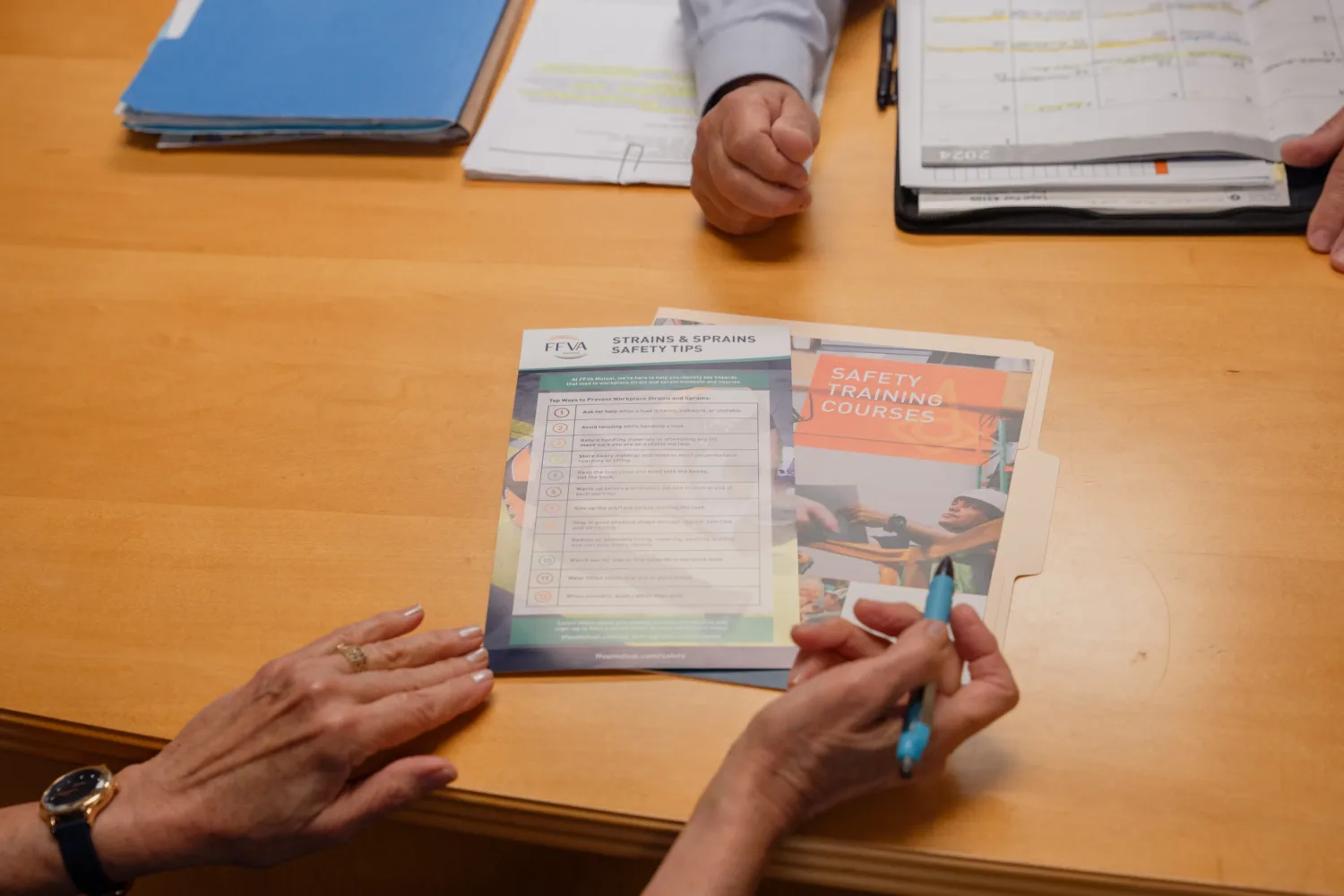How to Prepare for any Emergency
Every September, the United States observes National Preparedness Month – a safety campaign emphasizing the importance of emergency management and preparedness.
Whether it’s dealing with natural disasters, health crises or man-made incidents, National Preparedness Month is a critical reminder for businesses and individuals to ensure they’re prepared for the unexpected. Organizations like FEMA, NOAA and the National Safety Council all use this time to educate the public on best practices for emergency response, public safety and disaster preparedness. But what can employers do?
To help improve your workplace’s preparedness, let’s look at a few practical steps you can take during National Preparedness Month.
Why Observe National Preparedness Month?
Before we dive into it, you might be wondering, “Why devote an entire month to preparedness?”
National Preparedness Month isn’t just a time to think about emergency preparedness – it’s a time to take action. Emergencies, whether natural or man-made, can happen without warning, and being unprepared can result in lost lives, property damage and disruption to communities.
Here’s why being prepared is so important:
- Save Lives: Having an emergency plan in place can help save lives by ensuring everyone knows what to do when disaster strikes.
- Protect Property: Whether it’s a flood, fire or another natural disaster, an emergency plan helps mitigate damage to your business and property.
- Build Resilience: Preparedness boosts community resilience, helping businesses and individuals bounce back quickly from disasters.
- Public Health & Safety: Being prepared reduces the strain on public health and safety systems, particularly during widespread emergencies.
- Preparedness for All Events: You can’t predict every emergency, but you can prepare for many, including hurricanes, floods, wildfires, pandemics and even industrial accidents or terrorism.
Emergencies come in all forms, from extreme weather events like hurricanes and floods to health crises such as pandemics or localized workplace incidents. National Preparedness Month gives us the tools and resources to prepare for these challenges.
Prepping Your Workplace for National Preparedness Month
Preparing your workplace for National Preparedness Month should be a priority. Having an effective emergency preparedness plan is essential for keeping your employees safe and minimizing damage in the event of a disaster.
Here are some key steps to get your workplace ready:
1. Assess Your Current Preparedness
A great starting point is conducting a thorough assessment of your workplace’s existing emergency preparedness plan. Ask yourself questions like:
- Do we have an updated emergency action plan?
- Are emergency supplies and equipment readily available?
- Have we identified key risks and hazards that could impact our operations?
- Are we regularly conducting drills and training?
By identifying both strengths and weaknesses in your current preparedness efforts, you can determine where improvements need to be made.
2. Update Your Emergency Action Plan
Your emergency action plan (EAP) should be clear, concise and tailored to your business’s specific needs. It should include details such as:
- Identifying Potential Hazards: Pinpoint natural disasters or workplace-specific risks that could cause an emergency.
- Evacuation Routes: Ensure that employees know the evacuation routes and designated meeting areas.
- Communication Protocols: Set up a reliable communication system for alerting staff and coordinating with local emergency services.
- Consider Special Needs: Tailor your EAP to address the needs of vulnerable employees, such as those in rural areas or underserved communities.
An updated and well-maintained EAP will help your business respond quickly and efficiently in any emergency situation.
3. Refresh Your Emergency Supply Kit
Every workplace should have an up-to-date emergency supply kit to help employees stay safe during an emergency. Your kit should include essential items like:
- Non-perishable food and bottled water.
- First aid supplies, including medications.
- Flashlights and batteries.
- NOAA weather radio for severe weather alerts.
- Personal information, such as medical records and emergency contacts.
Make sure your emergency supply kit is checked regularly and add items specific to your location (such as respiratory protection in areas prone to wildfires or chemical spills).
4. Conduct Emergency Drills and Training
Drills are essential to making sure your employees know what to do when an emergency strikes. Practice different scenarios, such as fires, floods or chemical spills, and conduct them regularly so that the process becomes second nature. Emergency drills should include:
- Evacuation Simulations: Make sure employees understand the evacuation routes and procedures.
- Training in First Aid and CPR: Ensure key employees are trained in first aid and CPR to respond to injuries in an emergency.
- CERT Programs: Encourage participation in Community Emergency Response Team (CERT) programs for hands-on training.
Regular drills ensure your team is ready to act, improving safety and reducing the risk of injury.
Getting Involved in National Preparedness Month
National Preparedness Month isn’t just about getting ready — it’s also about raising awareness and involving your employees and local community in preparedness activities. Here’s how you can promote NPM within your organization:
- Host Awareness Events: Organize events, such as emergency preparedness fairs or safety training sessions, to educate employees about the importance of preparedness.
- Distribute Emergency Kits: Provide employees with personal emergency kits or resources to help them prepare at home.
- Engage with the Community: Partner with local government agencies, emergency services or neighboring businesses to hold joint preparedness drills or sponsor public awareness events.
- Share Resources: Provide employees and your local community with valuable preparedness resources, including links to FEMA, the National Safety Council and the Ready Campaign.
Involving employees in the development and review of emergency plans also helps create a culture of preparedness. By incorporating emergency preparedness into your overall occupational health and safety programs, you make it a core element of your business strategy.
Taking Action During National Preparedness Month
National Preparedness Month is the perfect opportunity for businesses to take concrete steps to improve their emergency readiness. Whether it’s updating your emergency action plan, refreshing your supply kit or conducting a company-wide drill, it’s critical to take action. Employees will feel safer, and your business will be better equipped to handle the unexpected.
Ready to boost your business’s emergency preparedness? Request staff training from FFVA Mutual today and ensure your team is equipped to handle any emergency.






























